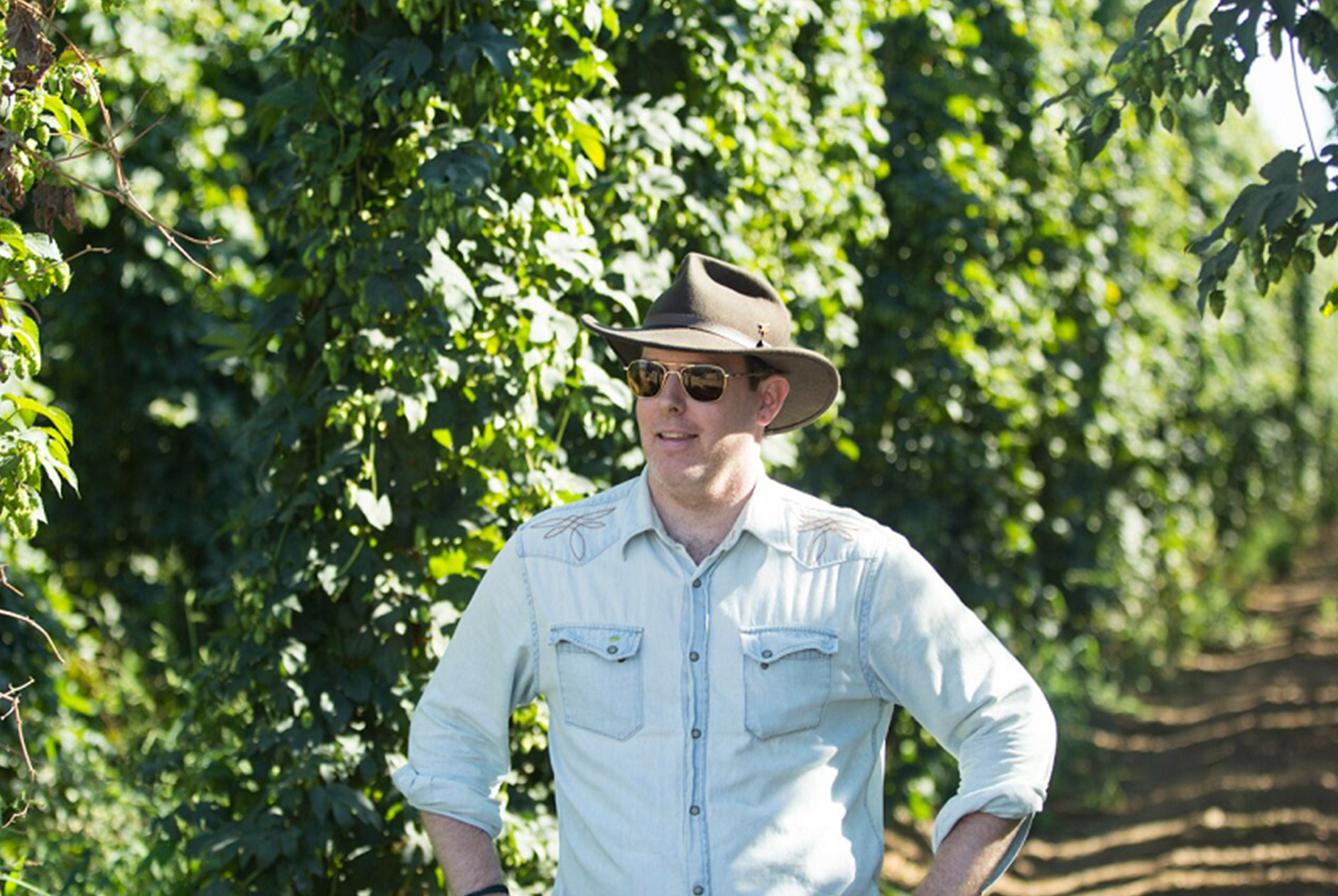Shop
How Sixpoint Founder Shane Welch Is Fighting Against Long Lines and Wait Times
A smartphone app could eliminate line standing altogether.
“How many people are going to wait three hours in a retail store to buy a pair of jeans?” Shane Welch, the founder of Sixpoint Brewery in Red Hook, asks on an unseasonably warm morning earlier this month. He’s sitting in the kitchen on the second floor of his brewery, on the steps that lead to the rooftop. One hand clutches an iPhone 7. A can of a new pale ale, called Pixel Dust, balances on his knee. His sunglasses hang in the crook of a denim button-up shirt. His eyes are almost invisible under his Pendleton Indy hat, which he is rarely without. Our topic of conversation is the sustainability of a recent phenomenon in the industry: long lines. “People don’t bat an eyelash to wait three hours for a bottle or a few cans,” he says, “but it’s not something that can be upheld long term. I think this is the year people begin to realize that the most valuable thing they have actually isn’t the small-batch beer in their fridge; it’s their time. Once people realize they don’t have to spend their time waiting in line to get a rare beer, there’s going to be an awakening.”
If there is to be, as Welch puts it, an “awakening” among the growing number of beer strivers who queue up outside breweries for drops of special releases, then it might be fair to consider Sixpoint woke. Last fall, the Red Hook brewery unveiled an updated version of its app (developed in partnership with Posse) that allows users to purchase limited-edition beers on their phones for pickup at its facility on Van Dyke Street. No lines, no waiting.
In recent years, wait times of a couple hours for new releases – mostly of IPAs, and specifically of New England-style IPAs in 16-ounce cans – has become routine at breweries around the country. The thirst for these kinds of beers is on par with the queues at streetwear emporiums like Supreme and brisket bosses like Franklin Barbecue in Austin, Texas. The turnouts at Other Half Brewing, in Carroll Gardens, for its weekly drops are among the industry’s largest, and have received coverage in the mainstream media.
Votaries of beer lines speak favorably of its high spirit and communal atmosphere. It’s a bonding experience, a forum for fans to form friendships and bask in their shared lust. Rare beers are drank and traded, insider stories are swapped, and, if successful, trophies are posted on social media. For some, the trophy could be just be the wait itself, the thrill of the chase. “The possibility of never getting in is exciting,” Andy Warhol said about queuing up for movie tickets in his 1975 memoir, “The Philosophy of Andy Warhol.” “But after that, waiting to get in is the most exciting.”
Some brewers are taking steps to limit or manage their queues, including preselling cans or bottles online, selling advance tickets, and keeping unpredictable release schedules. But the waiting line has also become somewhat of a status symbol in today’s beer world, and in the social-media era that standing, no pun intended, can easily spread far and wide. A brewer or “influencer” posting to highlight a long line no doubt raises perceived value and might persuade more people to try and secure that drop or future ones.
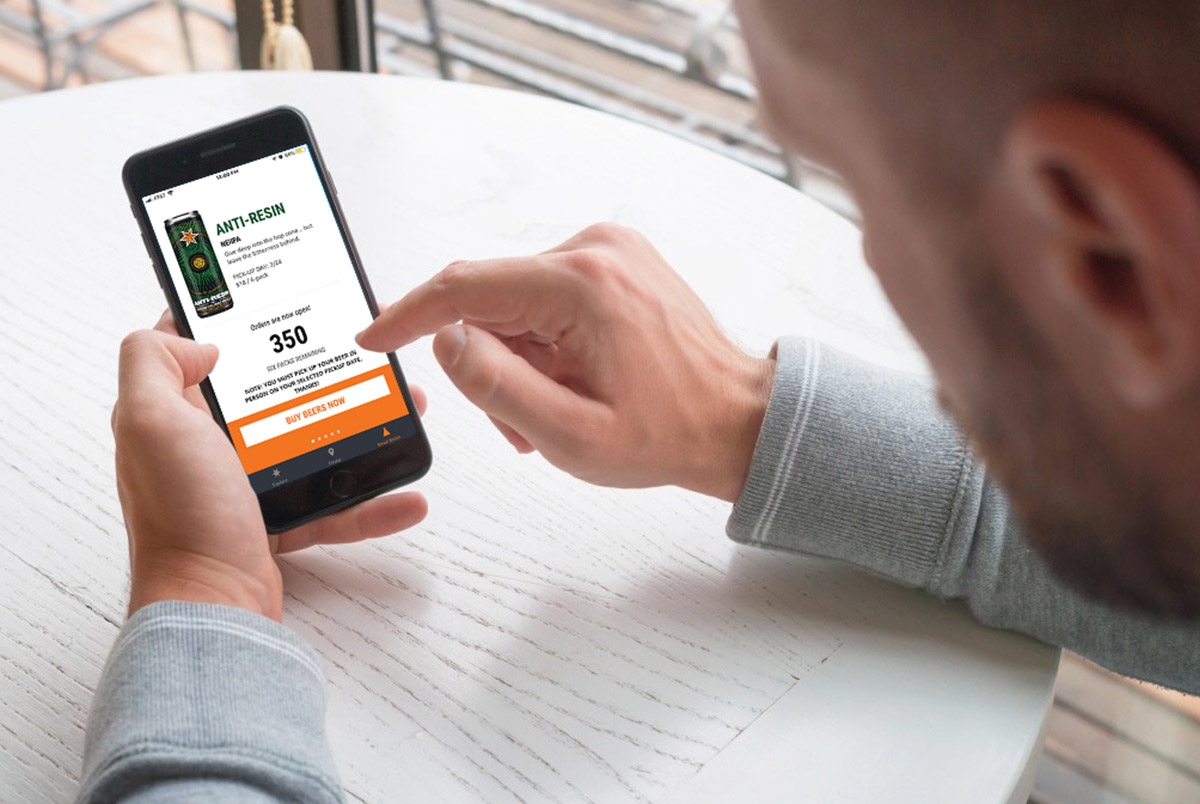
However, Welch posits, there’s only a limited number of people who can spend hours waiting in line for a few cans of beer. “And what about the reality of the people who wait for hours only to secure nothing when a brewery sells out, or those too deterred to try at all?” he asks.
Still, on-premises sales for these types of limited-edition products, particularly New England-style IPAs, have become a booming revenue stream for breweries, some of which have largely built their business models on weekly drops. Today, it’s not uncommon for a four-pack of 16-cans to sell for $20 or $24, with profits increased by the circumvention of retailers or middleman distributors in the traditional three-tier system.
Overall, the demand and desire to seek beer directly at the source has never been greater. According to the Alcohol and Tobacco Tax and Trade Bureau, sales at breweries and brewpubs have risen more than 500 percent since 2010. With such a substantial increase industrywide, Welch believes certain elements of the transaction itself, particularly for special releases, can be made more convenient for customers as well as for fellow brewers. “Clunky and exceedingly inefficient,” he described these elements to Good Beer Hunting last fall.
That article raises some potential hurdles in a wider adoption of this type of technology – as the author puts it, “beer and tech intersect in a bit of a legal gray area.” But if it does happen and other breweries implement similar mobile-payment systems, it could certainly change the way special beer releases are done and who has access to them. It could also raise another interesting question: What came first, the beer or the line?
Speaking with Welch for this story, it’s clear he’s confident apps like Sixpoint’s will play a major role in how beer will be sold going forward. “You are looking at the future with what we’ve developed,” he says.
Whatever lies ahead, there is no doubt the app is being used. Its latest drop went on sale this week, offering for the first time three new beers (all prior drops had offered two), each a different variation of Resin, a double IPA: DDH Resin, Anti-Resin, and Pixel Dust. In just a few hours, all had sold out. (The app’s first non-beer item, a stemmed, tulip-shaped glass bearing the Anti-Resin label design, was also a quick sellout.)
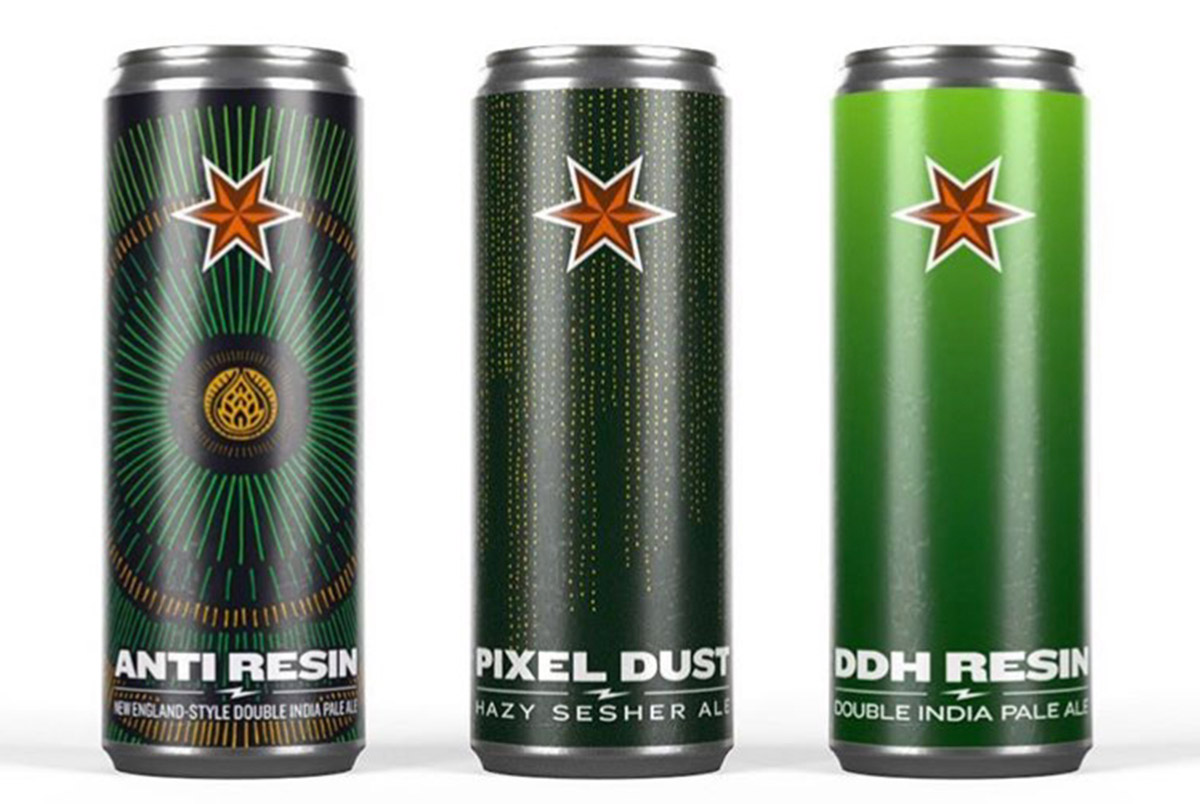
Users are voicing their happiness with the app experience. “I bought my beer while on a boat in Florida heading to the beach … literally took 35 seconds with no more than five clicks, well done Sixpoint,” commented a poster named canchon on BeerAdvocate’s forums on a thread about the latest drop. (Welch is a regular presence on the forums and is very receptive to commentary.)
Canchon also wrote, “And now I can show up on Saturday and not wait in line, pick up my beer, try some samples, and hang out,” referring to the release party for the trio of Resin riffs, which will include music, food, and samples of test batches. (And with beer sold through the app available only for pickup at the brewery, there are two alternate pickup windows to the event on February 26 and 27.)
Like the app itself, Sixpoint’s small-batch beers are the work of its newly established product development team, led by Eric Bachli, a former head brewer at Boston’s Trillium Brewing. He briefly joins our conversation later.
This interview has been edited and condensed for length.
Hop Culture: The New England-style IPA has become a phenomenon among beer fans, who wait in long lines outside breweries to buy limited-edition releases and, to a certain extent, also to wait in lines, the new community, for some as luring as the wares. Was disrupting “line culture” in beer the primary motive for developing the app? Prior to its launch, Sixpoint wasn’t really making these kinds of coveted beers or even selling anything on the premises.
Shane Welch: We take the position that you’re absolutely right about the first part of your statement, that the New England-style IPA is a genuine phenomenon. But the causal sequence in how you came to this conclusion is incorrect. People have fallen in love with the New England-style IPA simply because it’s a genuine flavor sensation. The “line” is a byproduct of this phenomenon, but it is most definitely not the reason why people are lining up for it. In that sense, the real reason for the enthusiasm for these beers is that it’s an entirely new sensory beer experience—an indigenous formulation created by American craft brewers. Yes, it is a bona fide homegrown style, completely proprietary to the U.S. scene. And let’s face it: the past few years of the craft-brewing industry has been punctuated with a lot of bad news: Big Beer buyouts, bankruptcies, consolidation, retrenchment. Meanwhile, the New England-style IPA is one of the great organic and grassroots growth stories in craft. It is invigorating.
This is not Soviet Russia where we need to line up in a queue for basic necessities; it’s America, yo! Let’s make it awesome.
If this beer style wasn’t fundamentally distinctive, unique, and an entirely new sensory experience, and scarce, no one would invest the time to wait in line for it. But it is vitally important to not confuse or conflate waiting in long lines with the reason why these beers are popular. People are confusing correlation with causation here. If anything, the long lines actually deter those folks who do not have the time to waste waiting in line to buy beer. Brewing great beer can be difficult. But purchasing great beer should be seamless. Something is terribly awry when it’s the opposite, where brewing beer is easy, and purchasing it is difficult. This is not Soviet Russia where we need to line up in a queue for basic necessities; it’s America, yo! Let’s make it awesome.
We actually launched our mobile app on July 1st, 2013. Granted, the small-batch beer purchasing function of the app, which we call version 4.0, was not officially launched until October 2017. But the intent all along with our app development was that it was a connectivity tool—one that unites the beer drinker with our creations instantaneously. The first version of the app, 1.0, united our fans with our current lineup of core beers and seasonals. The as-of-today current version of the app—version 4.2 with version 4.3 releasing imminently—allows our customers to order the small-batch releases instantaneously without having to wait in line.
We never set out with the intent to “destroy” line culture. We set out to propagate a culture of innovation and excellence, and that must cover all facets of the business, including the point-of-sale. As I’ve said in posts on the BeerAdvocate forums and on Reddit, we can assure you that for every person willing to wait in line for four hours for a six-pack of beer, there are 100 people who would rather get their beer in 30 seconds or less. And as evident in that post, we believe even the most hardcore beer fans agree with us.
HC: You’ve positioned the app as an antidote to waiting in line for beer. And yes, there are many fans who would prefer not to wait in a line for hours for rare releases—without even the guarantee of securing them. However, many that do choose to wait have stated that they enjoy the communal aspects of seeing the same folks week after week, and view it as similar to hanging out with their friends at a bar—and decidedly not as a waste of time. They also value lines as helpful in-person trading hubs. What do you make of all that?
SW: The issue, once again, is you are confusing correlation with causation. People are not lining up to “see the same folks week after week” or to participate in trading hubs. They are lining up for the beer, but because they have hours to waste waiting in line doing nothing productive, they’re making the best of an inefficient situation by socializing and doing some beer trading. But let’s not confuse that with the reason why they are lining up in the first place.
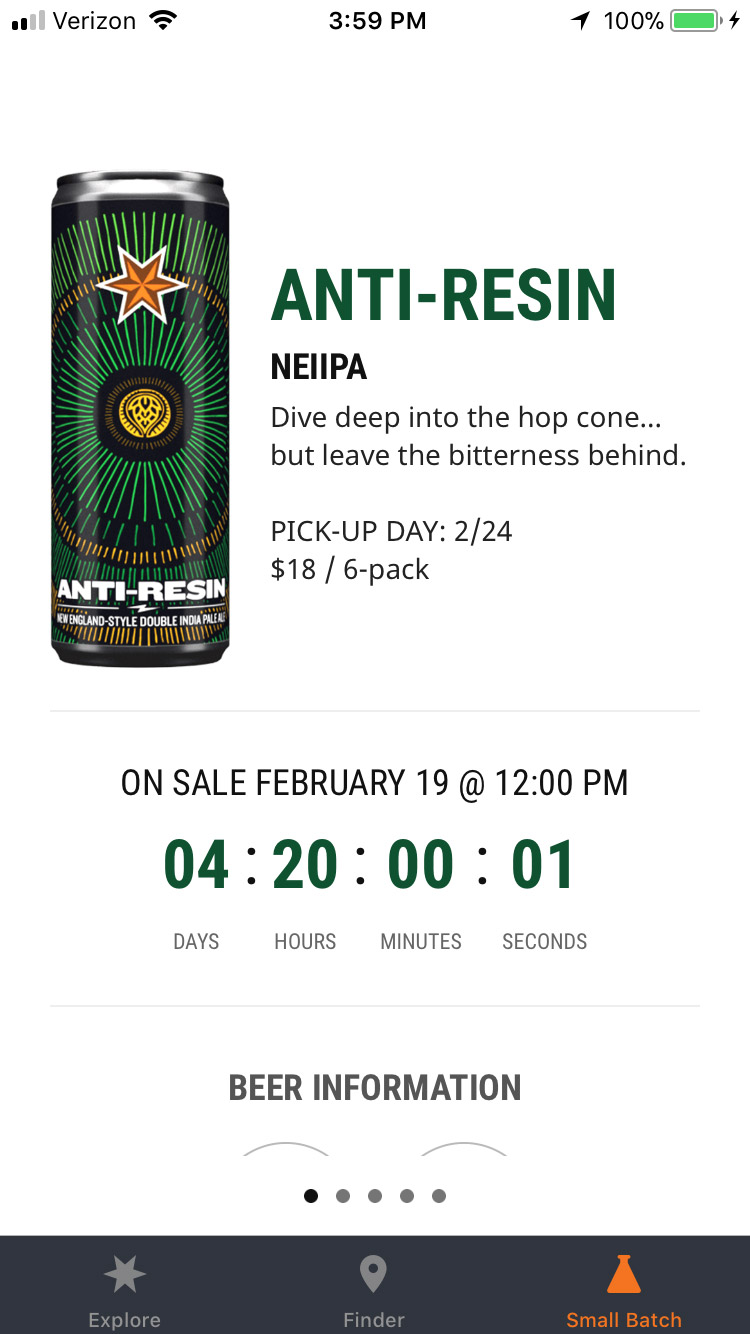
A simple way to prove this is to run the thought experiment of whether or not you think people would line up if they were told they could only socialize and trade beer, but ultimately they were not able to purchase beer at the end. Think they would line up? No one would show up.
The most efficient way to trade beer is through online trading hubs, where you can efficiently sort through all of your options and be connected to millions of people and beers at once. And socializing with friends is great, but that can be done in the comfort of a bar while your beer has already been secured with an app, not standing outside in the cold and lined up in a queue like you are being cow corralled.
For every person willing to wait in line for four hours for a six-pack of beer, there are 100 people who would rather get their beer in 30 seconds or less.
At our can releases, all of the time that people used to waste waiting in line can be repurposed to do whatever they want, and the customers love it.
HC: What kind of feedback have you gotten from users since launching version 4.0, and have you incorporated any of it into the subsequent updates?
SW: What’s really exciting for us is the app development is as iterative as the beer formulations themselves. We gauge customers’ reactions to the app and its functionality, and we constantly engage in a feedback loop with the users to perform continuous improvement on the app, ensuring a constant adaptability in its evolution. The beta version of the app was stripped down to the absolute bare essentials. The user was allowed to view the beers, create a user profile and enter their payment information, and purchase a defined quantity of beer. We have since allowed the user to change or add multiple payment options, create a more robust user profile, view their entire order history, and we have optimized the experience for both the iPhone and Android devices. We also have added the ability to release more than two beers and feature a specialty item; if you open the app right now, you’ll see it features a special “Resin Day” limited glass. A lot of these updates were simply laying the groundwork for the next phases of the app—4.3, 4.4, 4.5, and 5.0—which will further customize the user experience with a whole new host of features.
HC: What are some of the new features you’re working on?
SW: Right now we’re working very hard on a refactor, which will change the user interface in how our beers are displayed and how the content about the beers is conveyed. This is vital because we’re going to be increasing the frequency of releases and the amount of beers released, and we need to ensure that the UX and UI of the design does not create any inherent biases that distort the overall experience. This is a stimulating and challenging experience for us because we, like almost all breweries, are primarily configured as a brewing, marketing, and sales operation, not a technology-development company.
HC: Can you speak about beer sales? The beer that’s sold through the app is only available through the app. Have you sold out of every release? What happens if a beer doesn’t sell out before its pickup date?
SW: The sales through the app continue to increase and impress us over time. But more important, the customer/user feedback is off-the-charts positive, so we know that this project of ours has a very bright future. People love being connected directly to the brewery and having a seamless, customized experience—and with all of the innovations we have in the pipeline, it’s nothing but blue skies from here.
HC: Securing a beer allotment via the app is helpful. But it does nothing for your out-of-market fans, of which you have cultivated many. Do you have any plans to make limited releases available for purchase via the app shippable across the country?
SW: We’re also going to be adding multiple locations into the features of the upcoming iterations of the app, so it will no longer be just a Brooklyn-New York City phenomenon. This is when things really start to get interesting.
HC: Do you think other breweries will follow with proprietary mobile-payment systems based on their own smartphone apps?
SW: Yes, it’s just a matter of time. You are looking at the future with what we’ve developed.
HC: So you think a beer fan will want to keep, say, 15 different brewery apps on their phone?
SW: There are thousands of breweries but a bar does not have thousands of tap lines. The cream will rise to the top. A beer fan will most likely have their favorite breweries or even just their most favorite brewery’s app on their phone.
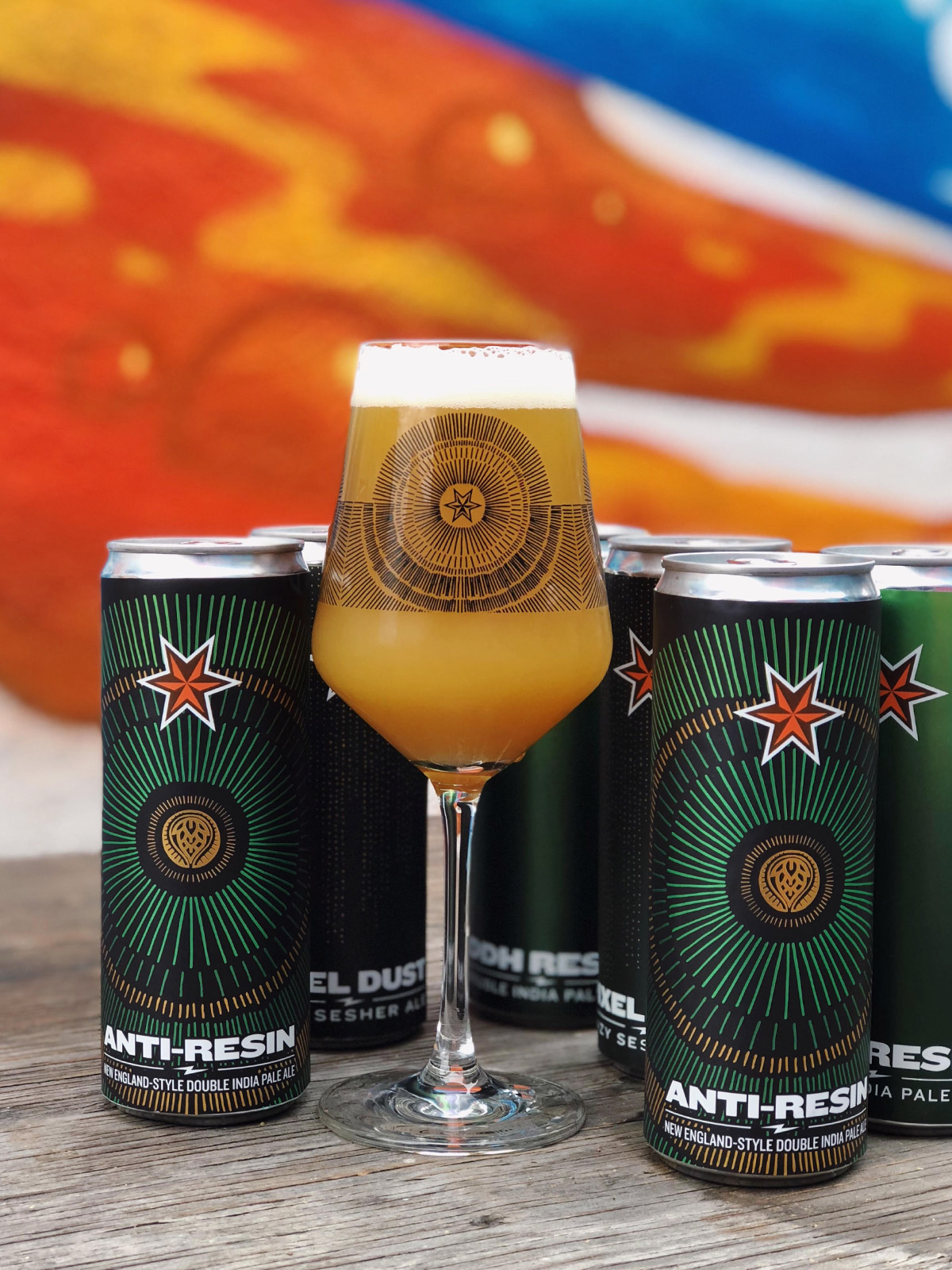
HC: Innovation is happening every day on the formulation side of beer, but little is being done in other sectors, like technology. Why is that?
SW: You have to look deep inside the DNA of the large brewing conglomerates and see what their primary objective and ethos are. Don’t forget that the U.S. brewing scene and many countries’ brewing industries are dominated by either a single brewery or an oligarchy of breweries. This is a documented fact. In many countries, including the U.S., just a few companies own over 80 percent of the market share for beer. As a matter of fact, there is a global oligarchy of just a handful of beer companies controlling the vast majority of all beer sold on the planet, and the trend has been towards even more consolidation. They own the industrial capacity, the route to market, and the influence over retailers. As a result, there is very little incentive to innovate, but every incentive to maintain the status quo. Growth has often come through acquisitions, not innovation.
As we pick up the pace with our beer releases, you’re going to witness a cadence of flavor exploration that is going to be intoxicating. Buckle up.
HC: The beta app was the first significant release from your newly established product development team, which you hired Eric Bachli, a former head brewer at Trillium, one of the top makers of New England-style IPA, to lead. It had beer fans wondering if New England-style IPAs would be coming to Sixpoint, and they did almost immediately—
SW: I’ve known Eric since 2012, when I met him when he was working at the Craft Beer Cellar in Massachusetts. Within the recent beer industry chatter, everyone associates Eric with his esteemed tenure at Trillium, but most people don’t know that the majority of Eric’s professional career and education was not even in beer. Eric actually worked as a research scientist for 10 years before he ever became involved in the beer industry—first working at a craft-beer retailer en route to brewing professionally. Like me, he had a classical training in the sciences and was groomed for a career outside of beer, but eventually pivoted into beer as his life’s calling and never looked back. I started with a heavy immersion in chemistry, mathematics, and analytics before dropping out of college, eventually working at a homebrew supply store for a couple of years, and ultimately landing a brewing apprenticeship. That is a harmonic connection we’ll always have.
Beyond that, when Eric and I reconnected, I realized he had a true zen and depth of intuition about the brewing process that is entirely rare. But probably even more important, he fundamentally knows that brewing is an industrious craft, and the collaborative and positive spirit among brewers is what fuels the entire process. There is an energy that Eric brings that is palpable and inspiring, and it motivates our entire team to seek excellence in their profession.
HC: What can we expect from the product development team next?
SW: Before Eric came on board, he took an epic trip with his wife to Peru and Bolivia and hiked the Inca trail. Prior to the journey, we talked at length on several occasions about what the vision for the beers and the product development team would be. We both agreed that it actually would be easy and instantly gratifying to just release a wave of hazy booze-bombs, but that would not be the righteous path. The right way to approach this was to actually do it with finesse and craftsmanship, and over time, we would layer in the more intense and challenging flavors. As we pick up the pace with our beer releases, you’re going to witness a cadence of flavor exploration that is going to be intoxicating. Buckle up.
HC: This next small-batch release on the app is evident in that; it’s the first to feature three new beers, all riffs on your double IPA, Resin.
SW: Eric is best suited to speak on these. They’re his babies.
[Eric joins us.]
HC: Can you tell us the new trio of Resin riffs?
Eric Bachli: So with these three new formulations, the Resin family is at six, and you’ll be able to either taste or purchase them all on the release day on the 24th. We’re actually in the process of rolling out Hi-Res, Resin, and Lo-Res in new packaging counts: in four-, six-, and eight-packs respectively. And we’ve made some slight tweaks this year. We’ve incorporated the Idaho 7 hop in Hi-Res, and it’s unfiltered. It’s pure, raw, hop juice. And for Lo-Res, we’ve softened up the hop profile to focus more on fruity elements. So Resin as a concept is very important and inspiring to us.
For the three new beers: Pixel Dust is an expansion on Lo-Res that revs up the juice with additions of tropical- and citrus-forward hops and lupulin powder in the dry hop; Anti-Resin is the inverse of Resin, dialing down the IBUs and working with a New England style base and dry hop to give you full juicy oils without the bitterness; and DDH Resin is the classic Resin with a two-fold increase in the dry hop to really pump up the original, so an increase in the super dank, with citrus and loads of pine.
We piloted the new beers on an even smaller scale and we included our fans in sensory trials to get to the finished point.
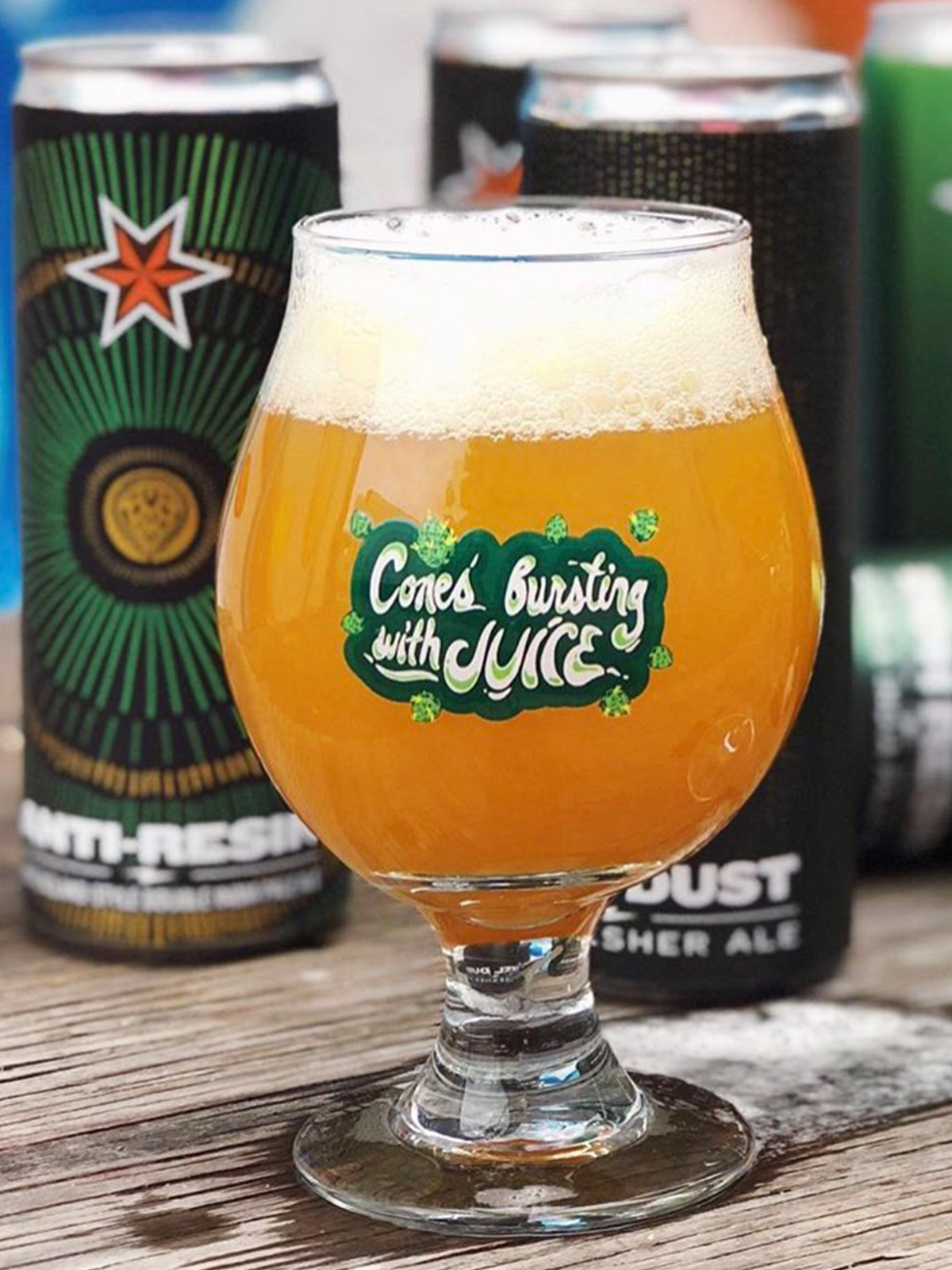
HC: How did that work?
EB: Well, for our new app releases we’ll start with an idea of a beer and perform a one-barrel batch, really small, on our experimental system. These trials are often iterative tests where we dial in parameters on each consecutive brew. Then, to tie in what Shane was mentioning as really working to increase the user experience, you’ll find us in the crowd at the releases engaged in conversation with our guests, sampling batches sometimes right out of the tanks, and getting their feedback and incorporating that into our original vision. What better thing than to include them in the process?
HC: To finish, Shane, we spoke in December about 2018 beer trends. Where do you see Sixpoint, and the industry as a whole, in 2028?
SW: The overall 2018 trends are well documented and have been talked about for some time: the trend for hyper-local, the “rotation nation” of beer selections at bars, the insurgency of the can as the primary packaging format, etc.
As you noted, what’s more interesting is speculating what the industry will look like 10 years from now. In any industry, it’s rather easy to predict what things will look like one or two years from now. But it’s almost impossible to predict what it will look like 10 years from now. As a species, we are programmed to think linear, but not to extrapolate exponentially. We have a 10-year plan at Sixpoint that focuses on changing the beer experience for the customer, and we are committed to it. It delays the instant gratification, and instead focuses on the incremental progress towards the long-term vision. In that sense, we don’t see it as “predicting” the future; we see it as determining the future.

